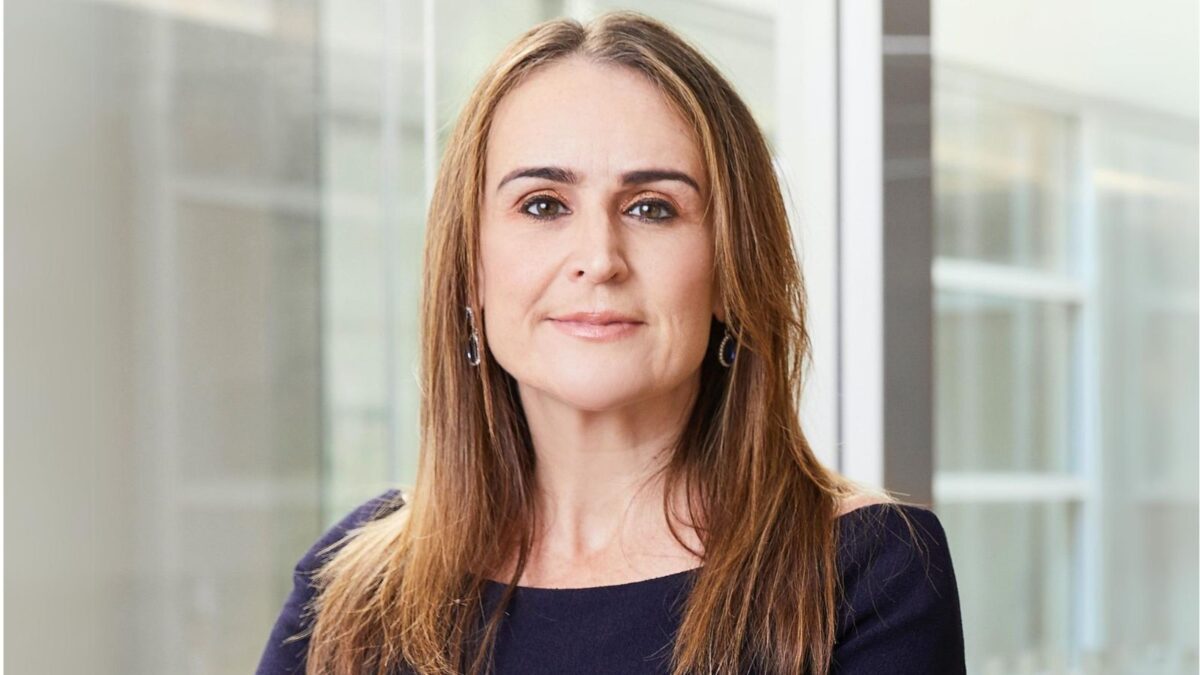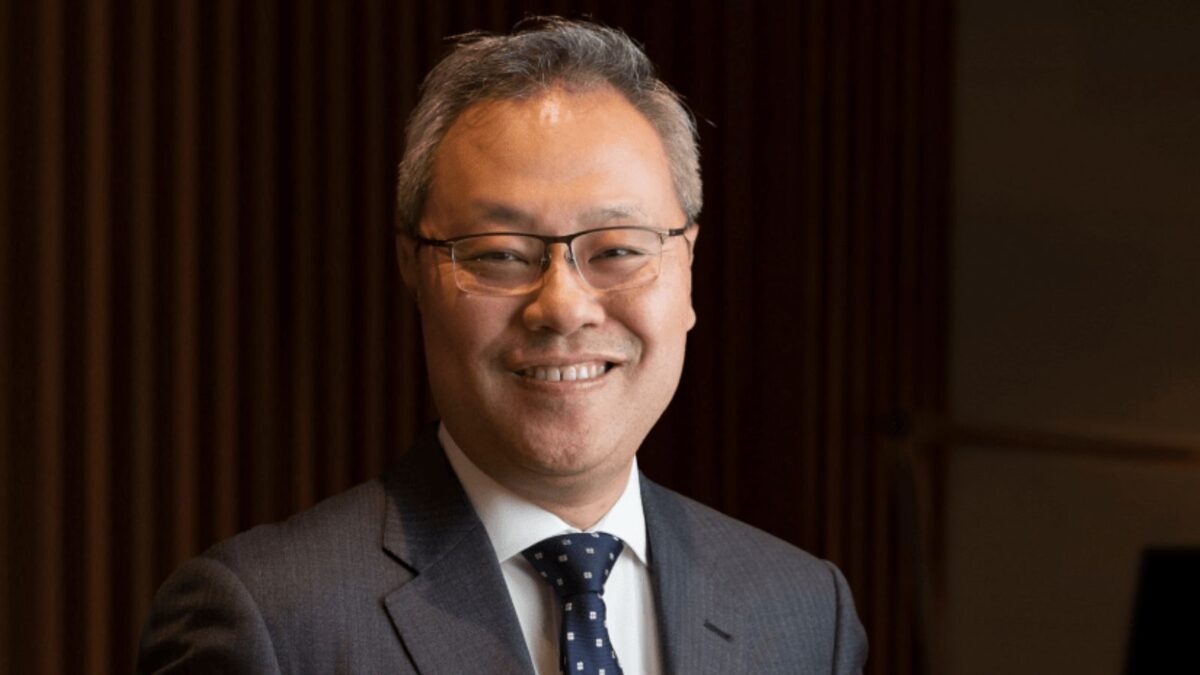‘Endowment envy’ may be buried for good
Remember “endowment envy”? Perhaps endowments are showing signs of “average Mercer balanced fund envy”. The latest annual survey of US endowments shows, at last, a shift away from alternatives and towards listed US and international equities.
For many years, the big US endowments had consistently higher returns than their pension fund counterparts. They also led the way investing in alternatives and unlisted assets. But this cost them dearly in 2008-2009. Most stuck to their guns.
The survey published last week by NABUCO and Commonfund, two not-for-profit organisations owned by endowments and colleges in the US, showed that the allocation to alternatives fell from 54 per cent to 47 per cent in 2012. Alternatives here include: marketable alternatives, private capital, distressed debt and private equity real estate.
According to a report by Asset International publication ‘aiCIO’, this may indicate a “pause” in long-term investments to the asset class and a search for greater liquidity. Allocations to US equities rose from 15 per cent to 20 per cent and for international equities from 16 per cent to 19 per cent. The allocation to fixed income was steady at 11 per cent.
The study said: “Colleges and universities may be shifting some assets into more liquid strategies, but because domestic and international equities were the two best performing asset classes in fiscal year 2013, some of the shift may have been the result of market action.”
US equities were up 20.5 per cent last year, against the average alternative strategy’s 8.6 per cent.
The annual survey covers 461 US colleges, from the majors such as Yale and Harvard down to very small funds. NACUBO is the National Association of College and University Business Officers. Commonfund is a group set up by the Ford Foundation in 1971 and invested in by endowments, which provides a range of services including investment funds and research and education.
Historically, the endowments also differed from pension funds by being more willing to have inhouse investment of alternatives. This too may be reversing. The latest survey shows an increase in outsourcing from 38 per cent of respondents to 42 per cent saying they were reducing inhouse management.
Note: in the interests of transparency, the term “average Mercer balanced fund envy” comes from a critique of “endowment envy” several years ago by MLC, where it was argued that, for Australian investors at least, the risk/return profile of the average balanced fund in the Mercer survey was more appropriate.








